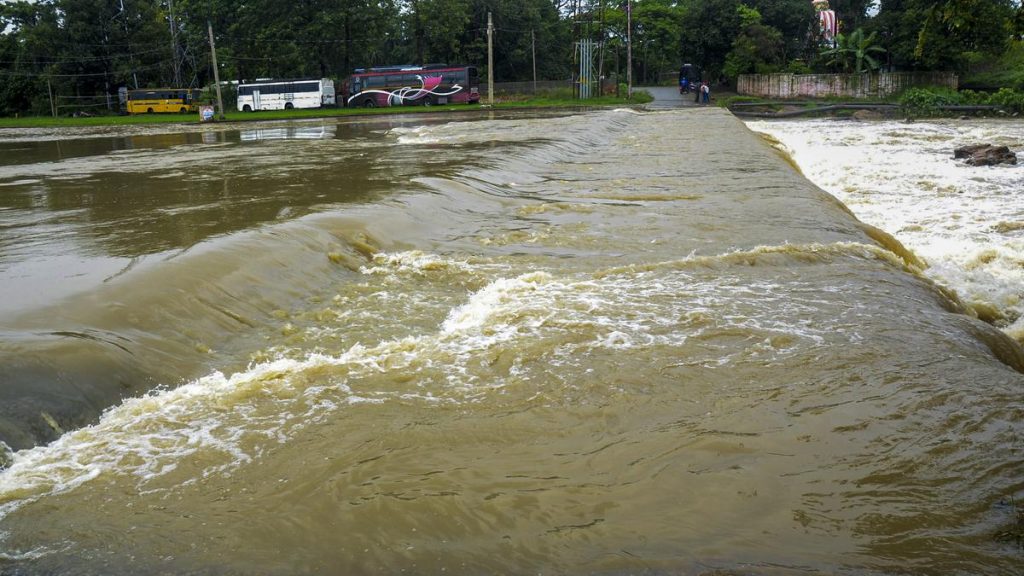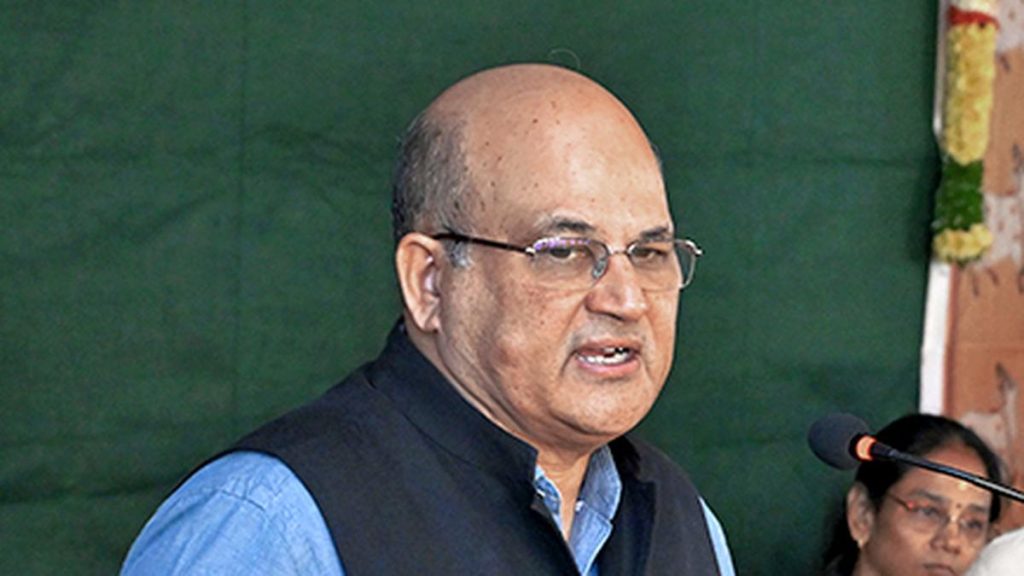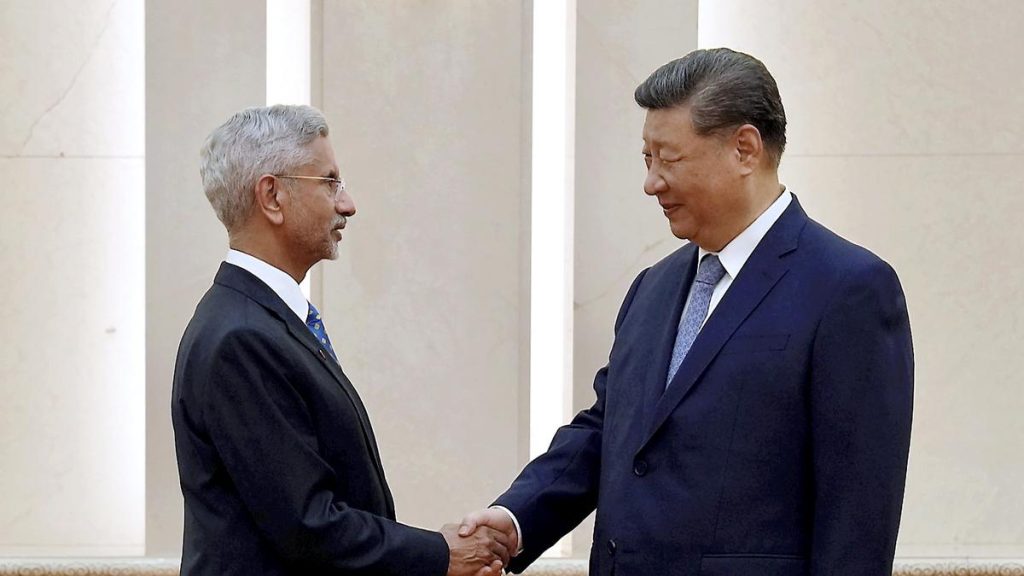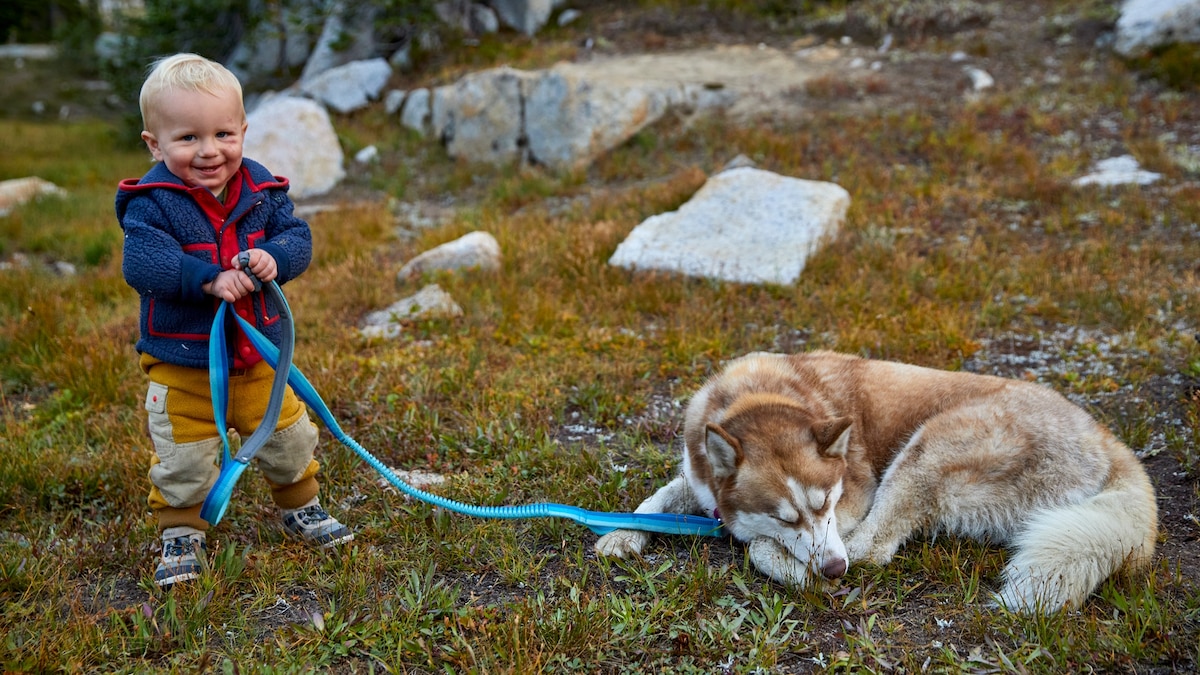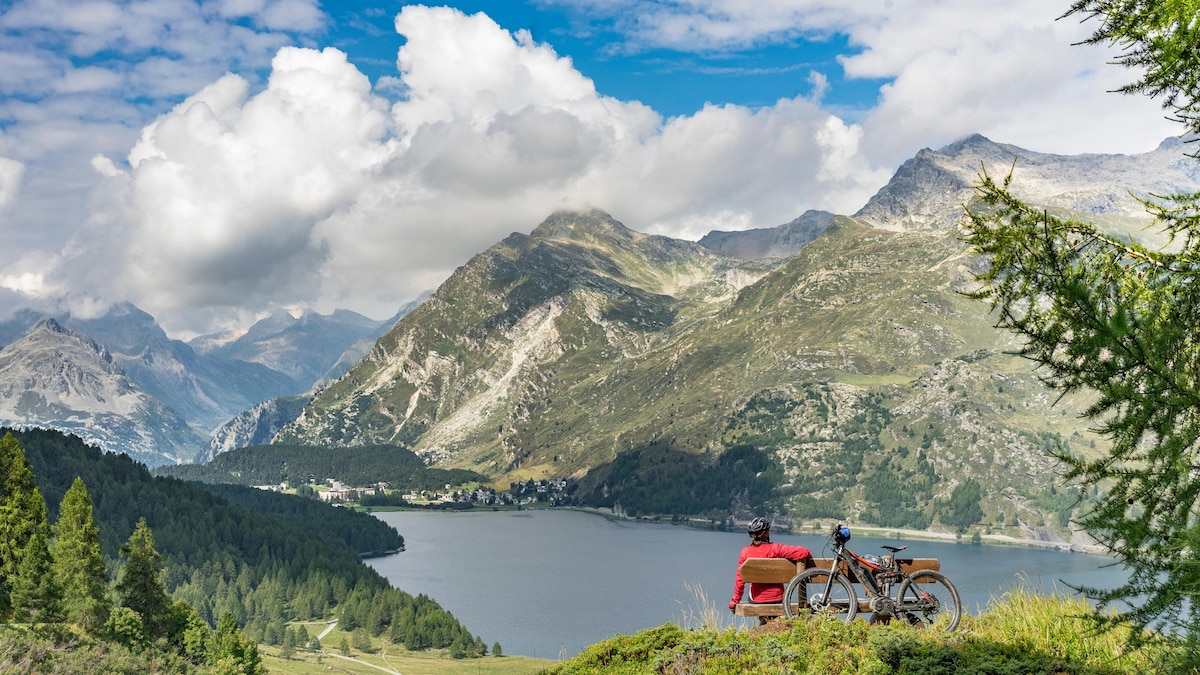Now Reading: Top Attractions in Abu Dhabi: Museums, Architecture, and More
-
01
Top Attractions in Abu Dhabi: Museums, Architecture, and More
Top Attractions in Abu Dhabi: Museums, Architecture, and More
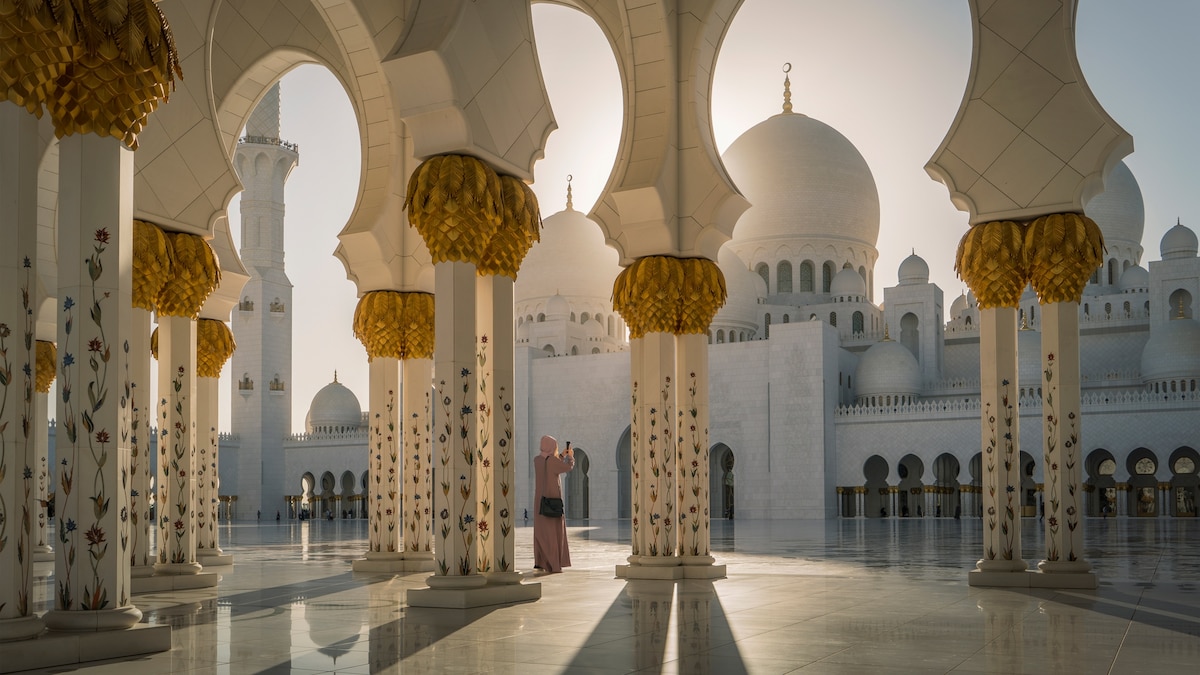
Rapid Summary
- Abu Dhabi, the capital of the United Arab emirates adn the largest emirate, offers diverse attractions such as deserts, museums, mountains, wildlife reserves, and opulent mosques.
Key Attractions:
- Saadiyat Cultural District:
– Louvre Abu dhabi: Opened in 2017 as a hub for global cultural exchange.
– Upcoming projects include Guggenheim Museum and Natural History museum (set to open later this year).
– Features immersive experiences like teamLab Phenomena.
- Mina Zayed Revitalization:
– former port transformed into an entrepreneurial hub with renovated souks like Souq Al Mina.- Guests experience fresh seafood at Al Mina Fish Market alongside artisan shops.
- Jebel Hafit Mountain:
– Offers hiking trails or scenic drives to its summit (4,097 feet), providing panoramic views of surrounding landscapes near Oman border.
- Rub Al Khali Desert Experience:
– dune bashing tours through one of Earth’s largest deserts; luxurious stays available at Qasr Al Sarab Resort.
- sir Bani Yas Island Wildlife Reserve:
– Home to over 17,000 free-roaming animals including cheetahs and Arabian oryx.
- Gastronomy includes Emirati dishes such as Michelin-starred manakish at Erth and Bib Gourmand award-winning restaurants like Ryba Seafood Restaurant.
- Iconic landmarks include the Sheikh Zayed Grand Mosque with remarkable Islamic architecture accommodating guided tours for deeper cultural appreciation.
Indian Opinion Analysis
Abu Dhabi’s strategic investment in heritage preservation blended seamlessly with modern innovation demonstrates a strong model for tourism-led economic diversification. Key developments such as luxury desert retreats (e.g., Rub Al Khali) complement eco-tourism initiatives on Sir Bani Yas Island while fostering awareness about conservation. This approach is compounded by efforts to reimagine urban spaces tied historically to commerce-such as mina Zayed-emphasizing entrepreneurship tied closely with traditional emirati culture.
For India’s evolving tourism sector facing challenges from environmental impact/sustainability pressures capacity learning insight adapting travel robust merging hospitality+cleritage land human-flow zones agencies collaborations national top-resting historic analguysis Scale .
Indian travelers visiting UAE markets luxury fusion cultural collaboration reflective tightening


